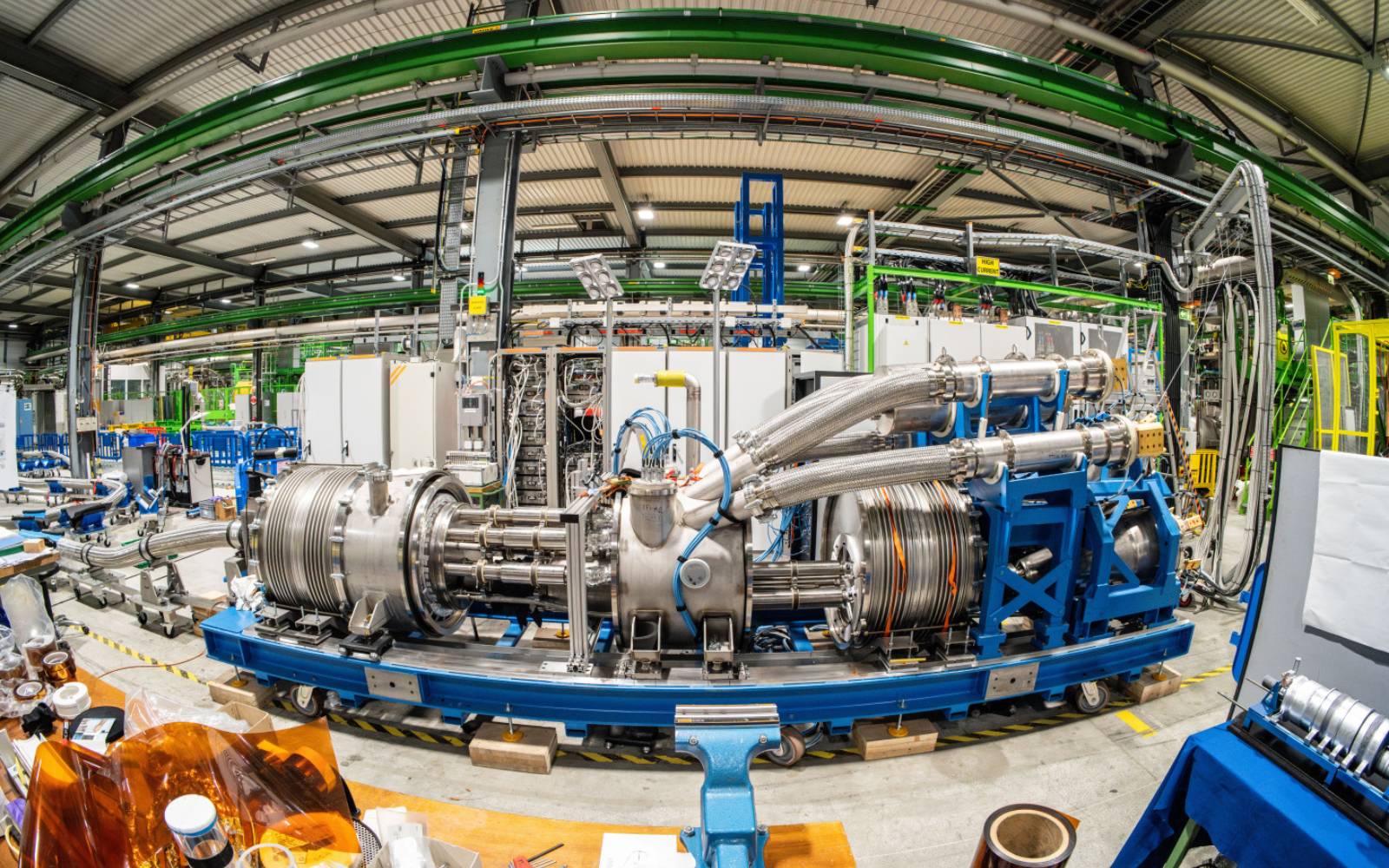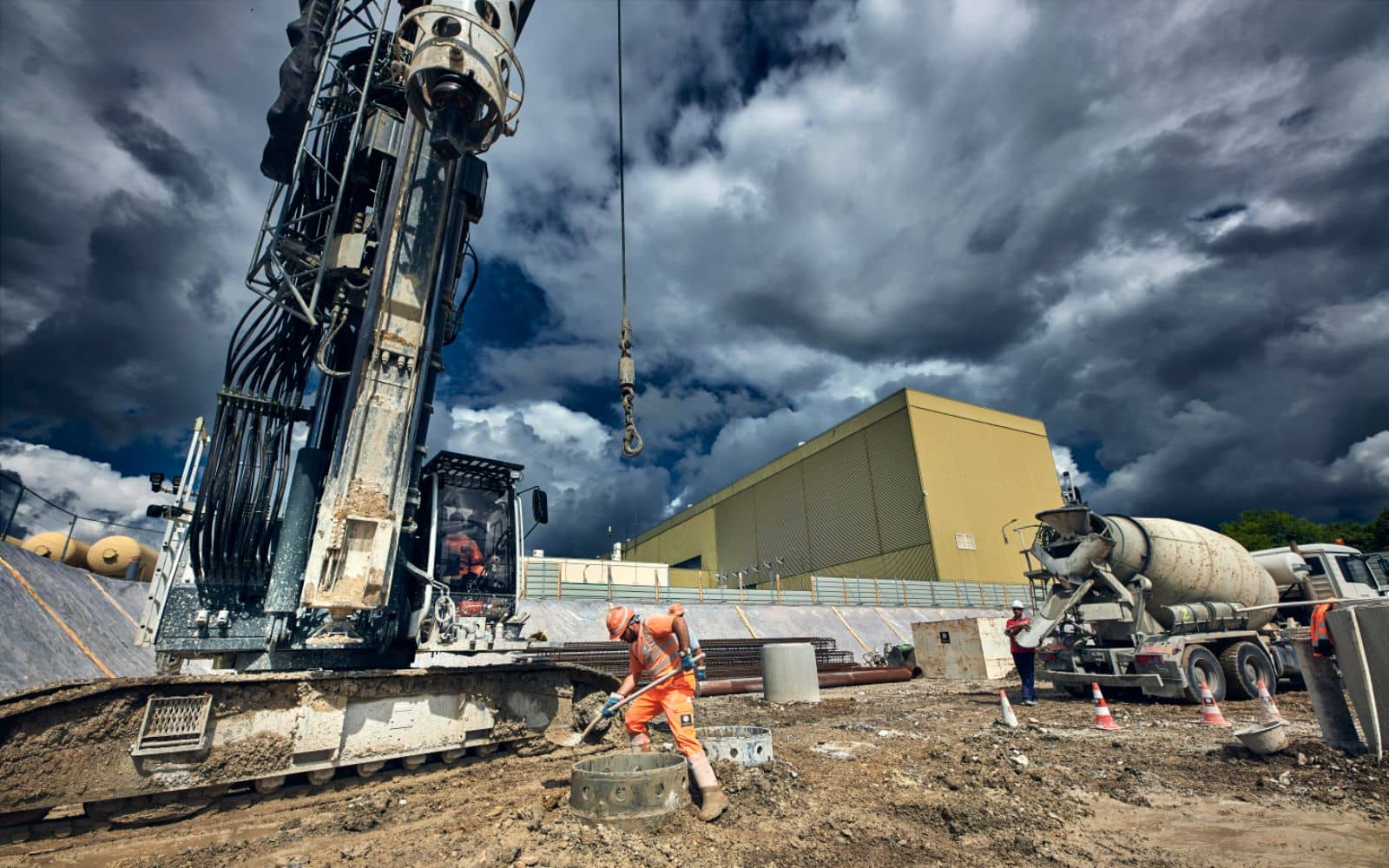The High-Luminosity LHC, which should be operational from the beginning of 2029, will increase the number of collisions to study fundamental components of matter in more detail. It will allow physicists to study known mechanisms in greater detail, such as the Higgs boson, and to observe rare new phenomena that might reveal themselves.
HI-Lumi will increase the LHC’s integrated luminosity by a factor of 10. To achieve this major upgrade, scientists and engineers are optimizing many of the collider’s parameters. Several new key technologies, some of which are completely innovative, are being developed within the scope of the project.


